At the end of production, injection and extrusion sites will conduct resin changeovers or machine downtime maintenance, during which various contamination issues may arise. The process could be very time consuming and materials demanding, which lead only to high scrap rate with waste of time, resin and energy.
To overcome these frustrating phenomenon, some sites have come to realize the value of purging compound which is generally a ready-to-use resin designed to increase productivity during colour and material changeovers. There are many types purging compound by definition, say: with or without abrasive; liquid, single solid resin and mixtures; mechanicals or chemicals, etc. it generally helps end users reduce material waste by 40-70%.
During the daily operation however, it is equally important to use it in a professional and careful manner so as to best realize the purging effect. We are glad to share 9 tips of applying PlasE Clean purging compound.
Tip 1: Clean the hopper & dosage nozzle
The production resin is dosed into a barrel through the dosage nozzle, there is potential that the inner surface of the nozzle is contaminated either by heavy pigments or residue masterbatches hidden in the corners, operation staff needs to conduct careful check prior to the changeover and clean it as appropriate.
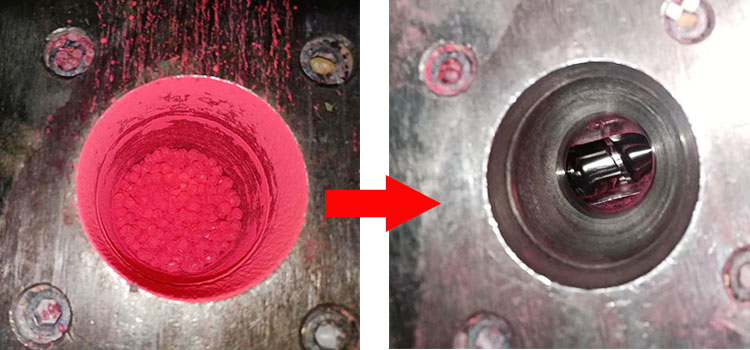

Tip 2: displace the resin in the barrel
At the end of production, the barrel is still partially filled with molten resin, which can be displaced either with production resin through stopping the masterbatch, or with recycled resins at the early stage of changeovers. It is generally cost effective comparing to direct dosage of purging compound.
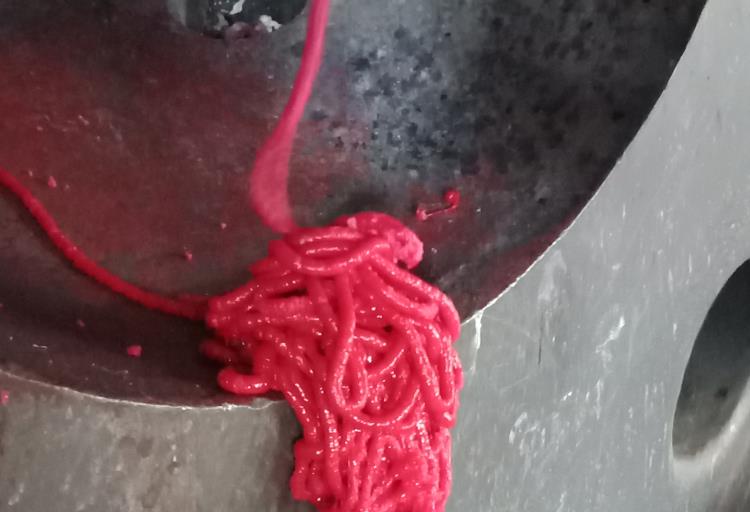
Tip 3: tie the nozzle
In some circumstance, the nozzle of the injection machine may be not tight enough after maintenance, which will allow resins to penetrate into the seeps between the nozzle & barrel, the resins hidden in the seeps may release continuously and thus lead to extended purging cycle.

Tip 4: longer nozzle
Sometimes, the nozzle of the injection machine may be longer than required, which is generally more difficult to be cleaned, it is suggested to raise the temperature of the nozzle as high as permitted, and purge with high injection pressure for several shots, preferably with a temperature-insensitive-resin.
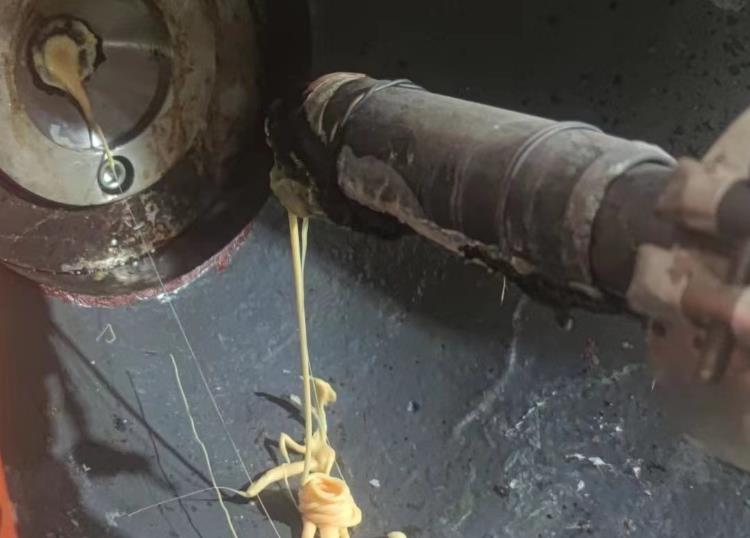
Tip 5: Increase nozzle and screw temperature
There are differences in the correlation between the flow rate and temperature of each resin. For example, the flow rate of PS is more sensitive to changes in temperature, while the flow rate of PP is weaker. To better utilize these changes, it is generally suggested to raise the nozzle and screw (the part close to nozzle) temperature by 20-30℃. 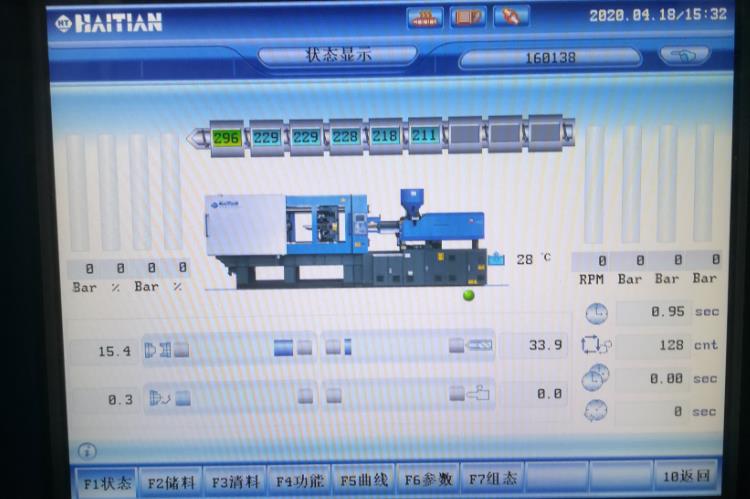
Tip 6: apply abrasives
The abrasive used in screw cleaning materials can help improve the cleaning effect. The downside is that it may damage the screw, hot runner, die and other components. Therefore, when optional, the chemical purging compound is preferred. However, for some machines that processing glass fiber components or flame retardant resins, purging compound with abrasives may be a choice, which is helpful to reduce dosing amount with short cycle.
Tip 7: clean hot runners
Generally speaking, hot runners are more difficult to clean than screws. In addition to using screw cleaning materials, it is more necessary to apply a good operating method. PlasE Clean suggests three cleaning methods. Firstly, we recommend increasing the temperature of the hot runner by 30-50C, and then choose one of the 3 operations: 1, shot through an open mold; 2. Conduct injection molding with purging compound; 3. Shot through open runners in turn. The choice of operation depends on either the size of the machine or the resin choosed.
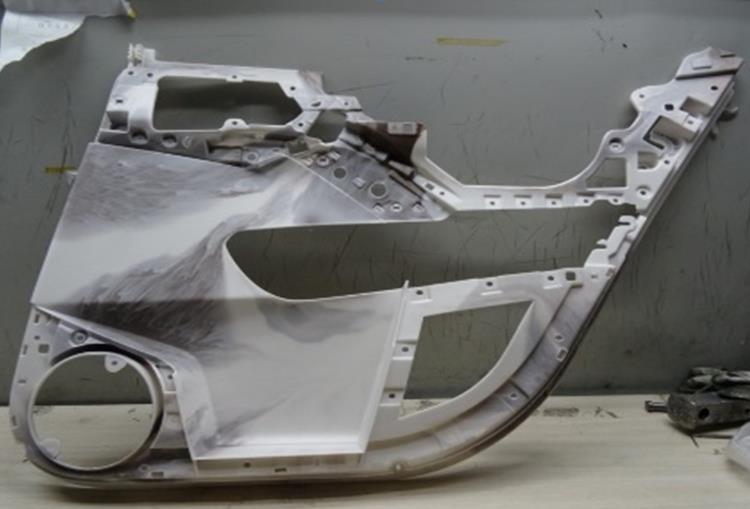
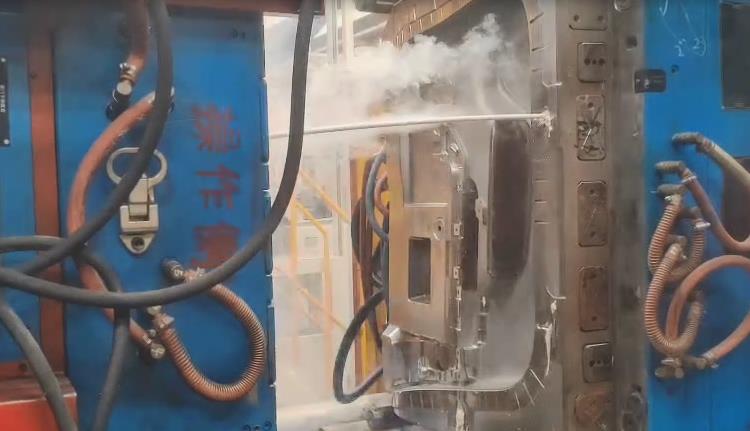
Tip 8: carbon residue preventioin
Some purging compound does provide excellent purging effect, pending on the situation and products applied. But generally it is a time consuming and resin demanding process. Once carbon deposits are formed, their cleaning will be relatively more difficult, and it is more effective to conduct downtime maintenance than to purge after the start up. Therefore, selecting a resin suitable for shutdown maintenance and apply on routine base is the key point.
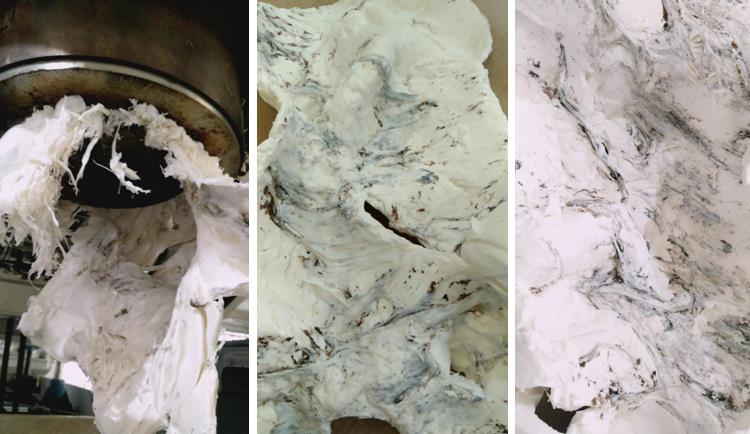
Tip 9: regular cleaning
Some factories are accustomed to waiting until the product scrap rate is too high to accept before carrying out machine purging. The negative impacts of this are obvious. One is the waste of materials and production time, and the other is that one-time cleaning is more time-consuming. Because the “balance” of deposits on the screw is broken, the time for a single cleaning can be greatly extended, so it is impossible to determine whether it is a problem with the performance of the purging compound or the machine itself.
……
 Web | App
Web | App
My whatsapp +8613539736806